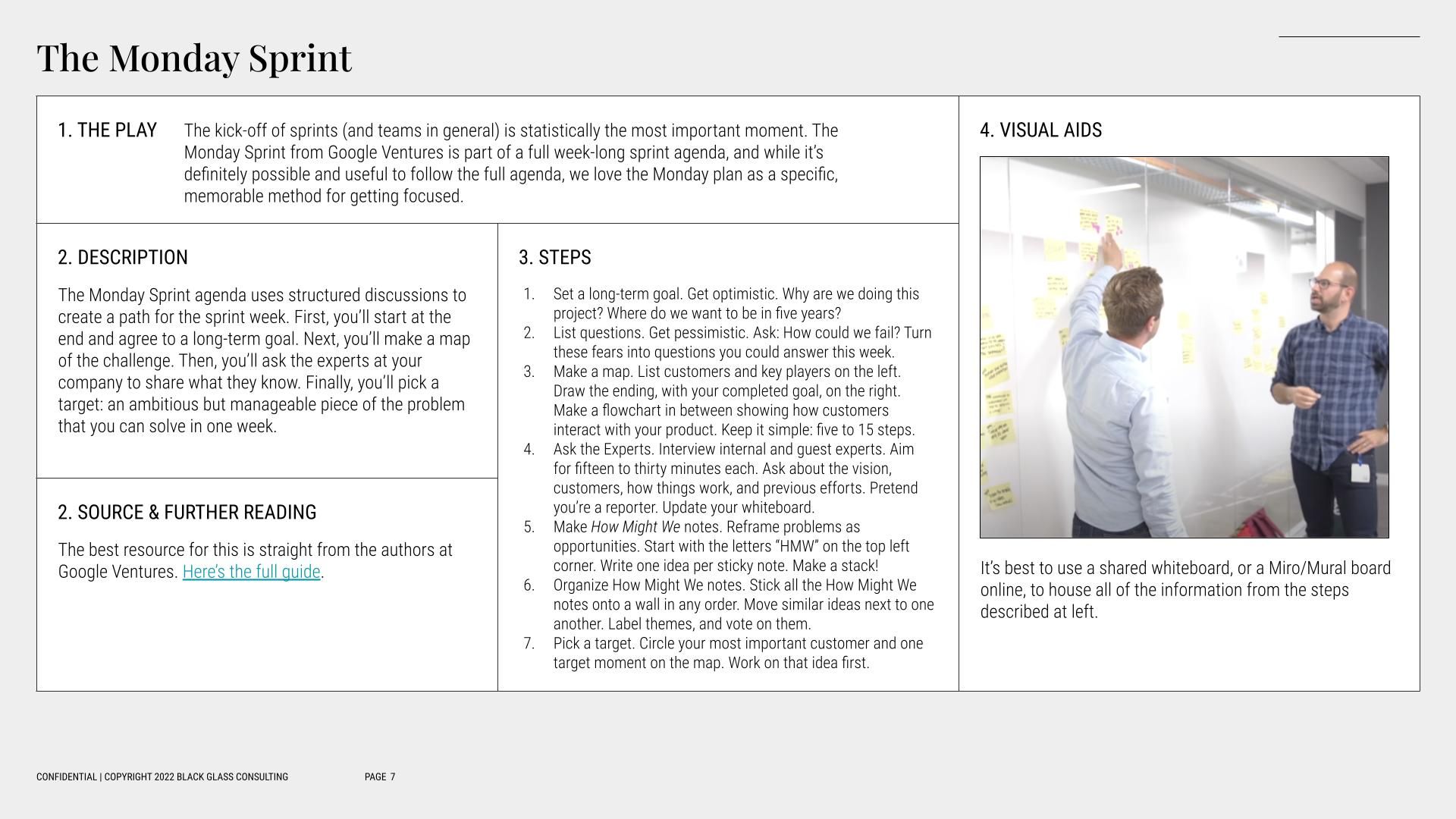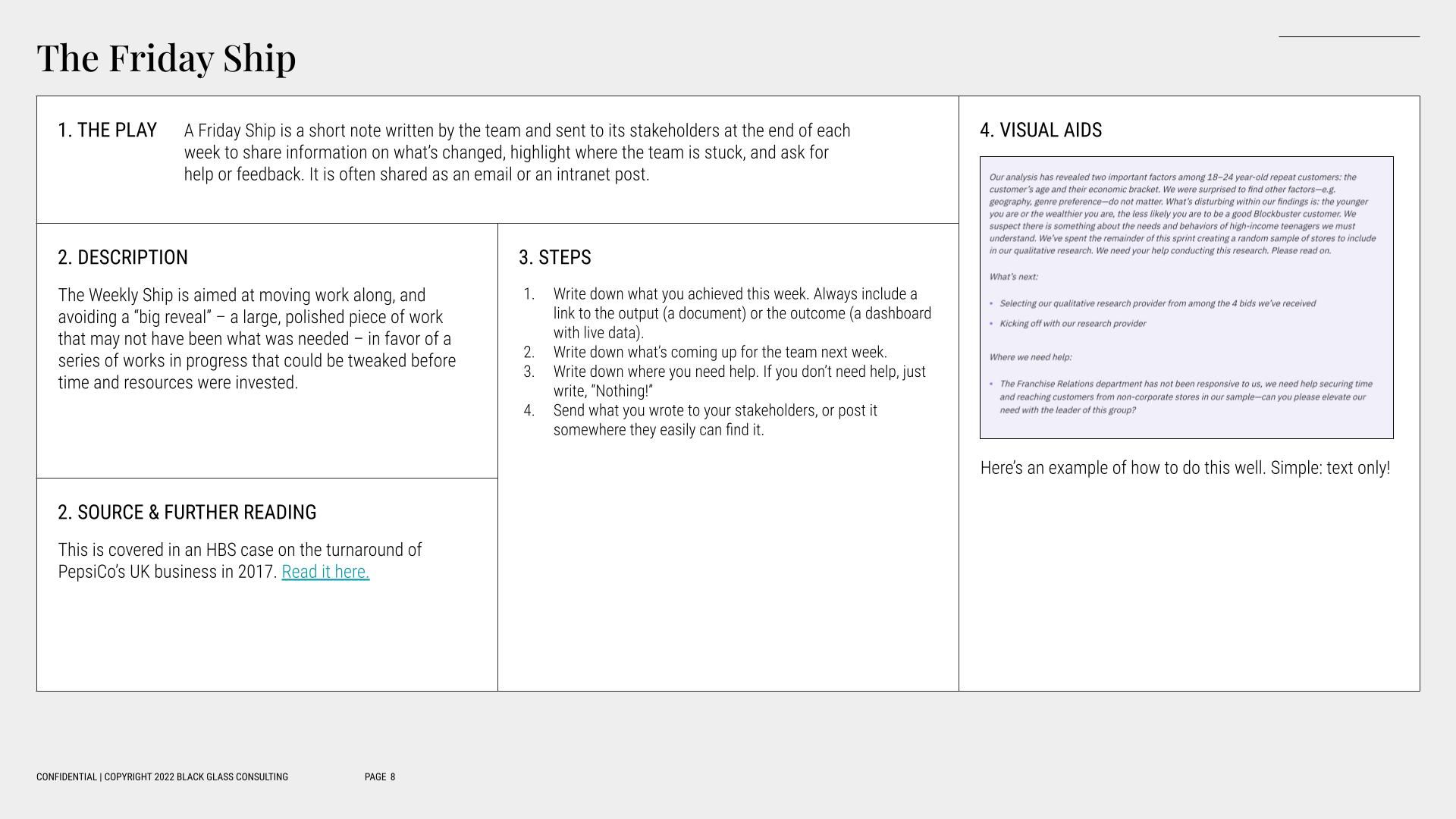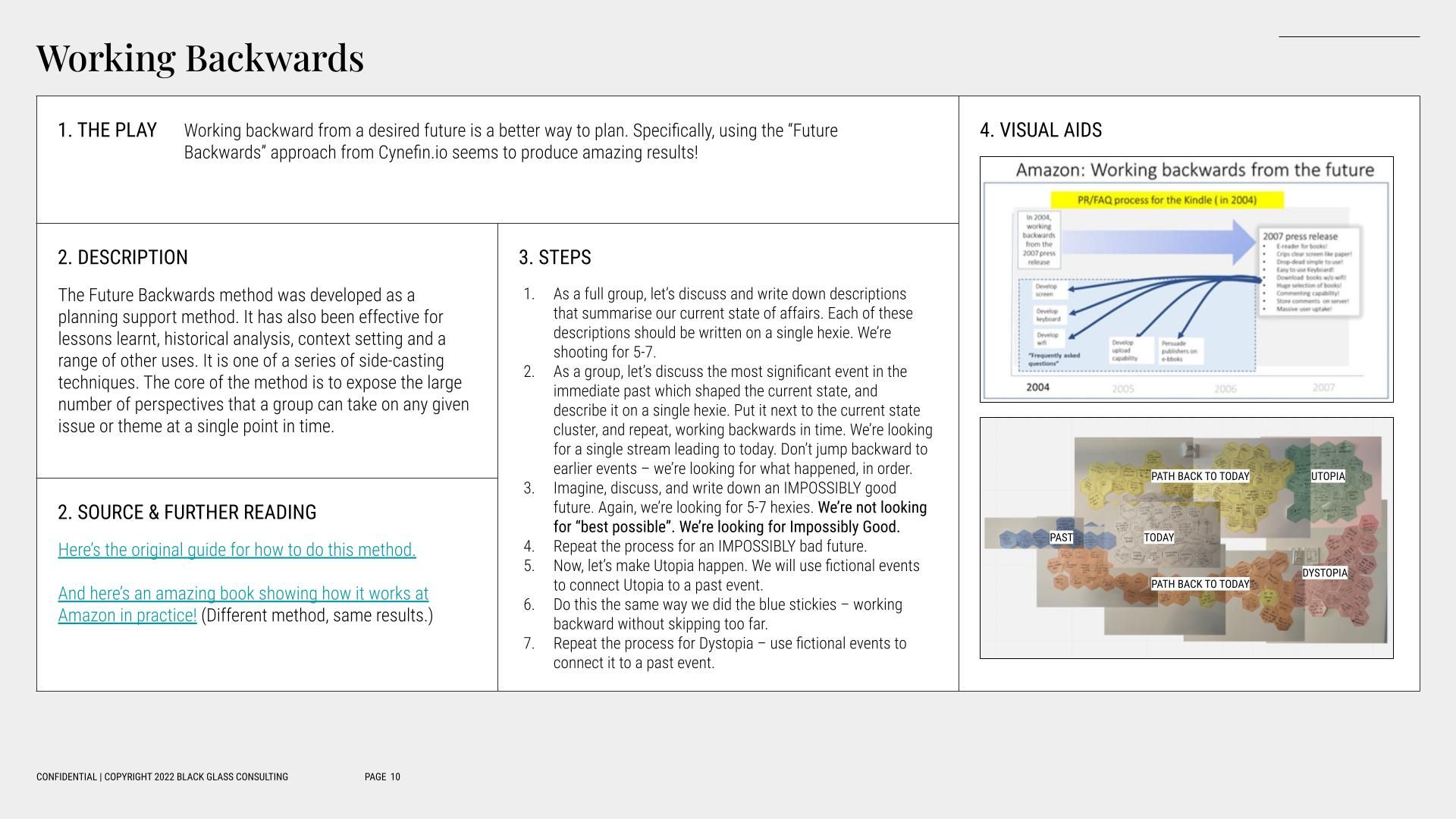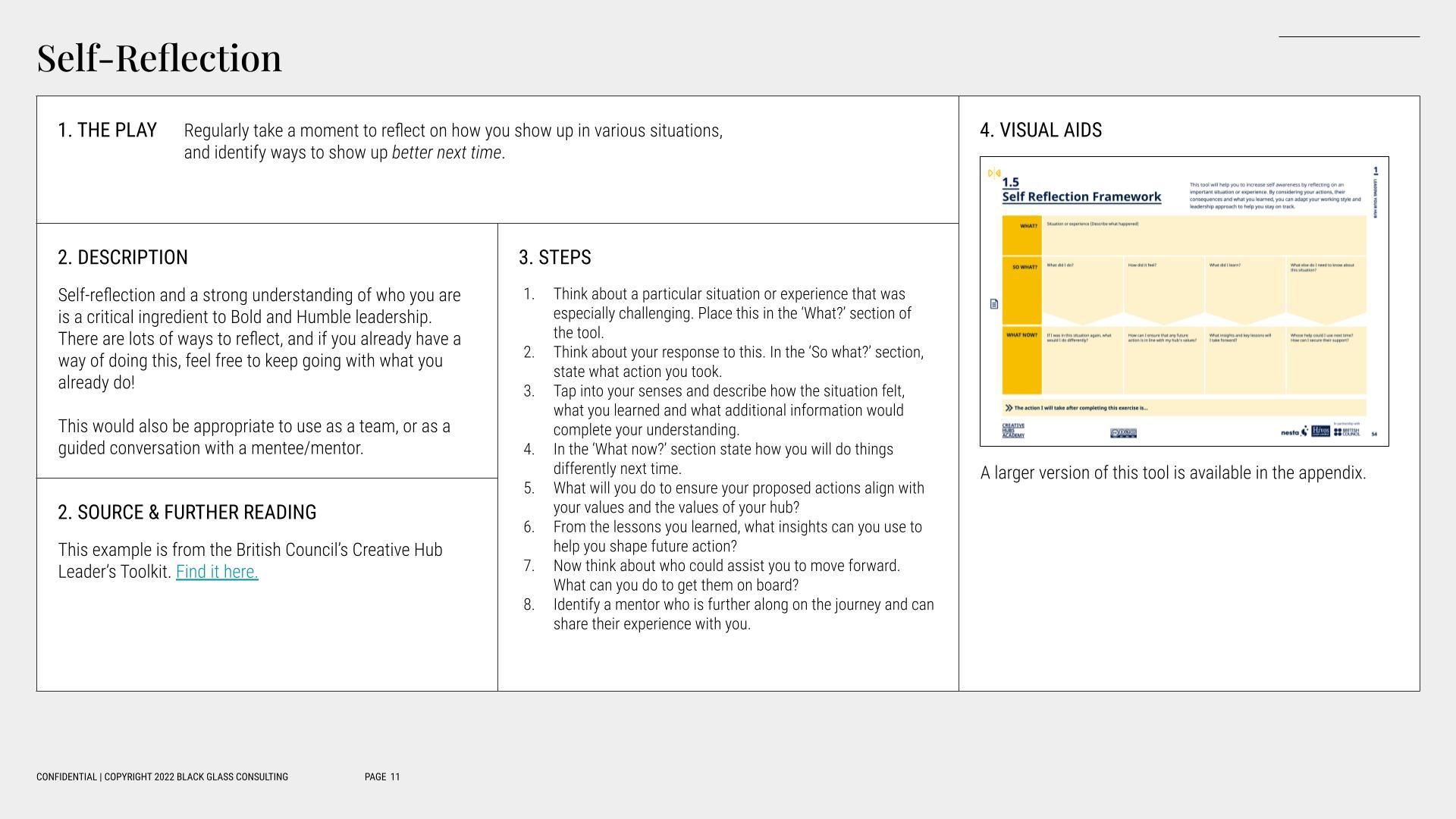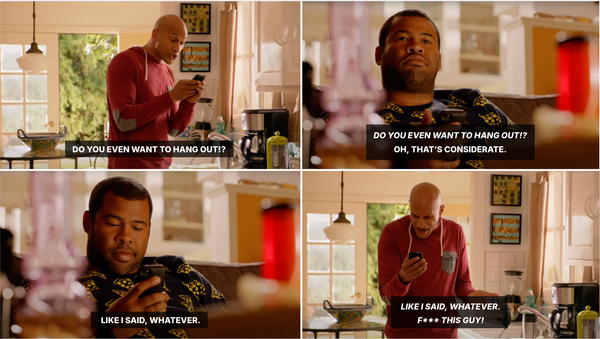CHROs and CMOs: More alike than you think
How do we transform a community from one state to another, especially when the current state isn't quite working? Let's take a deep dive into the world of systems thinking.
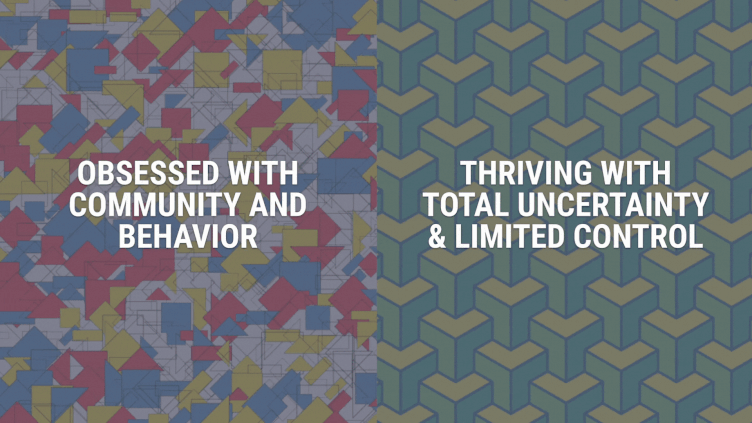
This week we sat with a handful of CHROs to share some of our favorite frameworks for change.
And we realized – there are a ton of parallels between CHROs and CMOs! They’re both obsessed with community and behavior. They’re both interested in finding tools to understand and intervene for the better.
They’re both thriving despite uncertainty and limited control. Sure, HR people have more control over the org than marketers do over their consumers, but it’s certainly not absolute. You can’t force employees to be engaged or to contribute discretionary energy to the company cause. Those things are a result of conditions created by leaders, managers and colleagues working together.
Some similarities, indeed!
When it comes to understanding and designing for community and behavior, we still love the Collective Action Framework that came out of Undercurrent in 2010. Read about its origin, here.

It’s a framework that is designed to be used to create community experiences that are likely to become self-sustaining. Great for brands that want consumers to change behavior. Great for leaders that want their organization to move in a particular direction with less effort and anxiety.
So, how to use this? For starters, answer the questions with the community in question. Be sure they pass the bullshit test – corporate waffle has no business in a framework like this. Pay particular attention to Participants, Goals, Motivations, and Tools/Methods. These are based on deep research into how communities operate, so color outside the lines with caution.
Here's a couple examples for how this looks in practice:
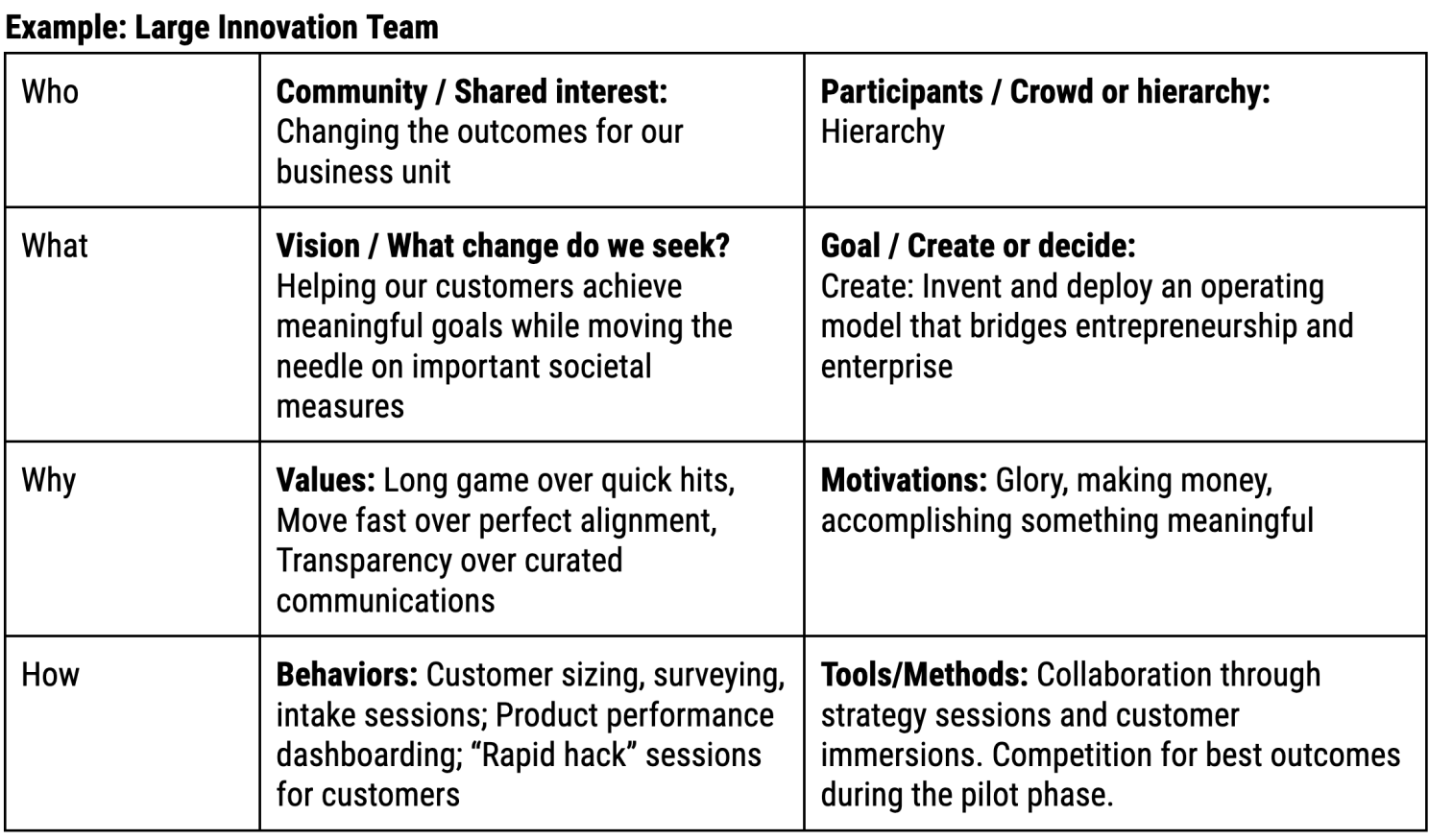

When it comes to thriving in uncertainty, we’re obsessed with Donella Meadows’ work in understanding system transformation, and use an adapted version of her “lever” concept to inform the kinds of interventions we create.
But how to go about changing a community from one state (perhaps one that isn't working) to another (perhaps one that performs better in a few key areas)?
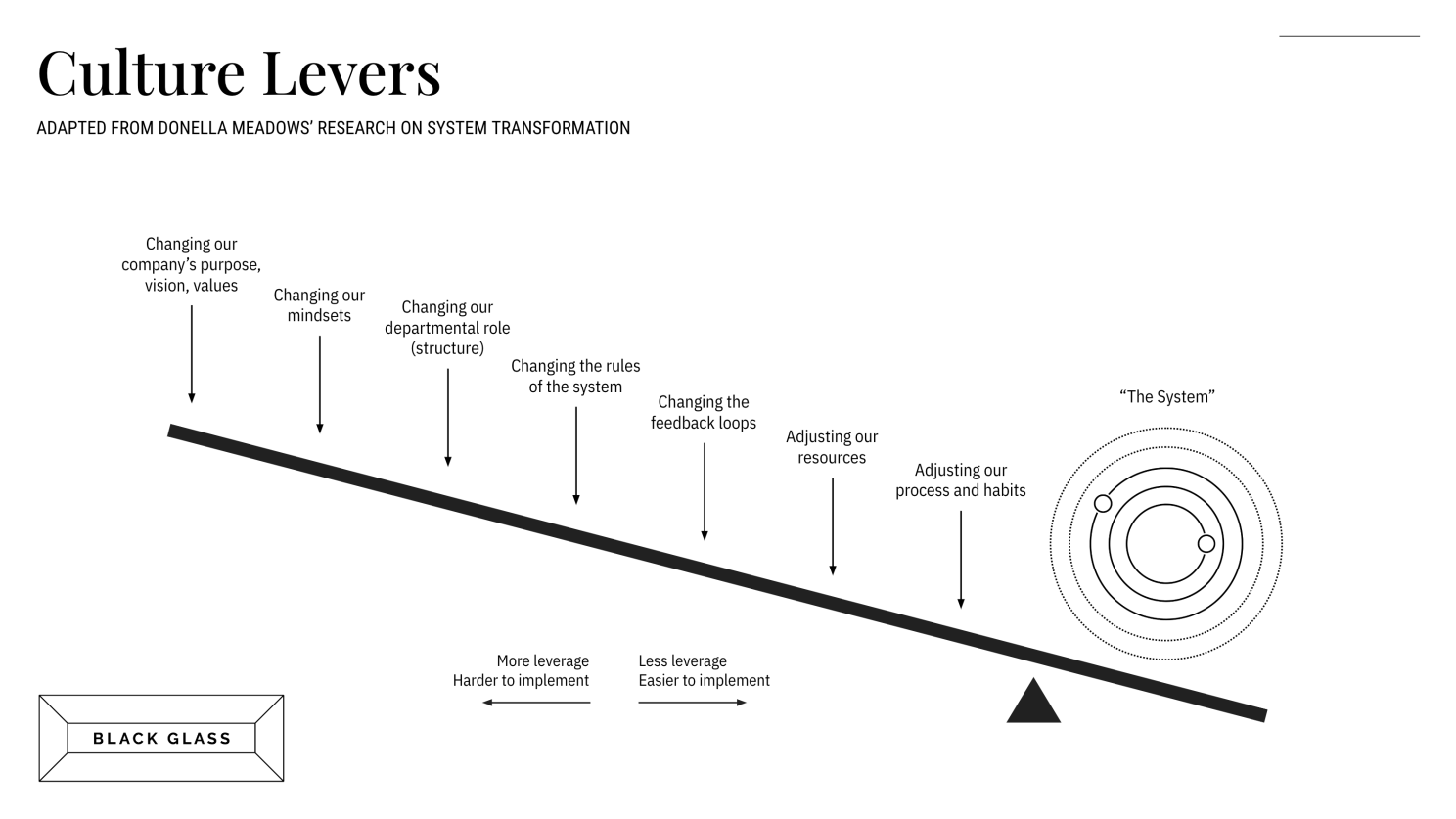
We love Donella Meadows' research on this topic – we've adapted her work into a simpler version that we use (graphic above).
But let's go back to the source – an absolute classic in the world of change.
Donella invites us on a journey through the complex world of systems thinking, offering a unique perspective on how to influence systems from within. Her article identifies twelve leverage points, or places to intervene in a system, that range from the simplicity of numbers to the complexity of paradigms and self-organization.

This article is a must read if you’re looking to understand the interconnectedness of elements within a system and the potential impact of your interventions.
And of course, the most effective leverage points are often deeper than you might expect.
Changing prices or KPIs, for example, are obvious moves if you’re looking to drive sales or change behavior.
But it's the deeper elements like the rules of the system, the system's goals, and the paradigms underpinning it that hold the most transformative power. So look beyond the obvious, to challenge the status quo, and to embrace the complexity of systems in order to effect meaningful change.
If you work on communities and their behavior – as CHROs and CMOs both do – you can work along roughly twelve places to intervene, ranging from the simple to the complex. For each leverage point, we’ve brainstormed a few ideas to help illustrate. These are somewhat obvious, but helpful to see how the framework works in this setting.
Numbers (Subsidies, Taxes, Standards)
- Internal: Adjusting KPIs to better align with strategic goals.
- External: Changing prices to influence consumer behavior.
Material Flows and Nodes of Material Intersection
- Internal: Streamlining internal communication channels to improve information flow.
- External: Optimizing customer touchpoints to improve the customer journey.
Regulating Negative Feedback Loops
- Internal: Implementing a system for addressing employee grievances promptly.
- External: Establishing a robust customer service process to handle negative reviews or complaints.
Driving Positive Feedback Loops
- Internal: Creating a culture of recognition to boost employee morale and productivity.
- External: Implementing a referral program to encourage existing customers to bring in new ones.
Information Flows
- Internal: Enhancing transparency through regular team updates and open-door policies.
- External: Improving customer communication through regular updates, newsletters, or social media engagement.
Rules of the System
Incentives, Punishments, Constraints
- Internal: Establishing clear performance incentives and consequences.
- External: Setting clear terms and conditions for customer engagement, such as return policies or loyalty program rules.
Driving Forces
- Internal: Encouraging innovation and adaptability as core company values – and ensuring that they're not just lip service!
- External: Staying ahead of market trends and adapting marketing strategies accordingly.
Goals of the System
- Internal: Setting clear, measurable, and achievable goals for each department.
- External: Bringing customers into the process for goal-setting.
Paradigms
- Internal: Resetting the mindsets for the organization, and applying those mindsets in your day-to-day work.
- External: Shaping brand perception through consistent messaging and values.
Self-Organization
- Internal: Encouraging and laying the groundwork for cross-department collaboration and autonomous project teams.
- External: Allowing consumers to customize their products or services, driving a feeling of control (and ultimately satisfaction!)
Transcending Paradigms
- Internal: Creating enough psychological safety within the department so employees feel encouraged to challenge the status quo, and bring fresh ideas.
- External: Developing new, proprietary mental models to understand consumers’ behavior, and applying them to the work.
But here's the thing about leverage and permission: we're not often encouraged (or even allowed) to work on the stuff with the most leverage, so we need to get more people on our team to push harder on the lower leverage stuff.
Our answer to get more folks on board?
Think like a marketer, and make the change simpler, easier to use, and easier to discover.
Here's a few examples that we love of simple, easy-to-use changes:
